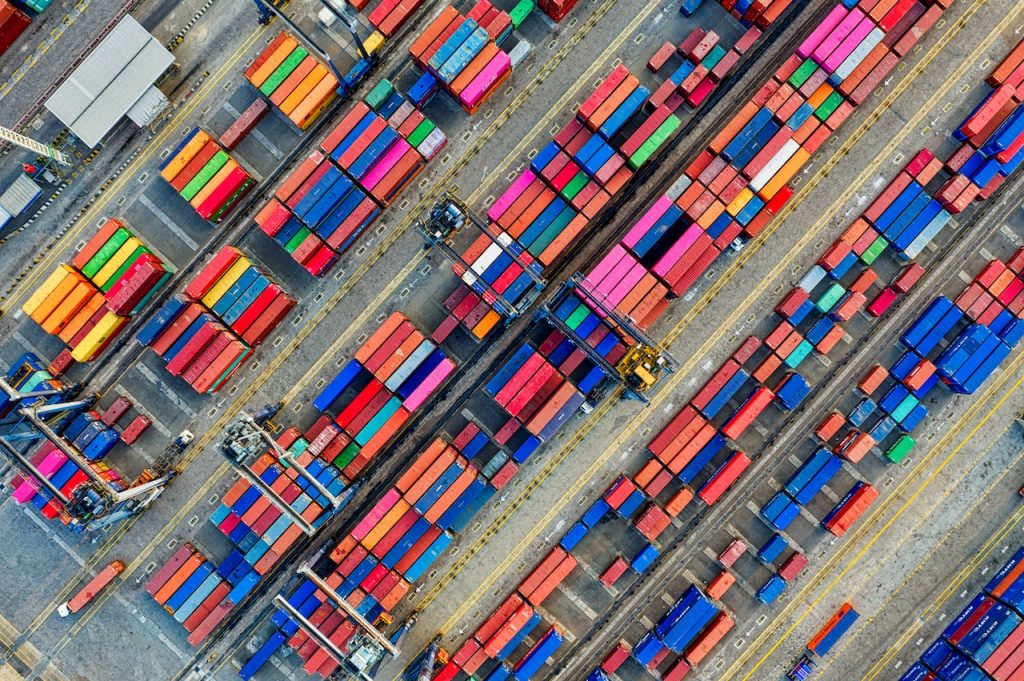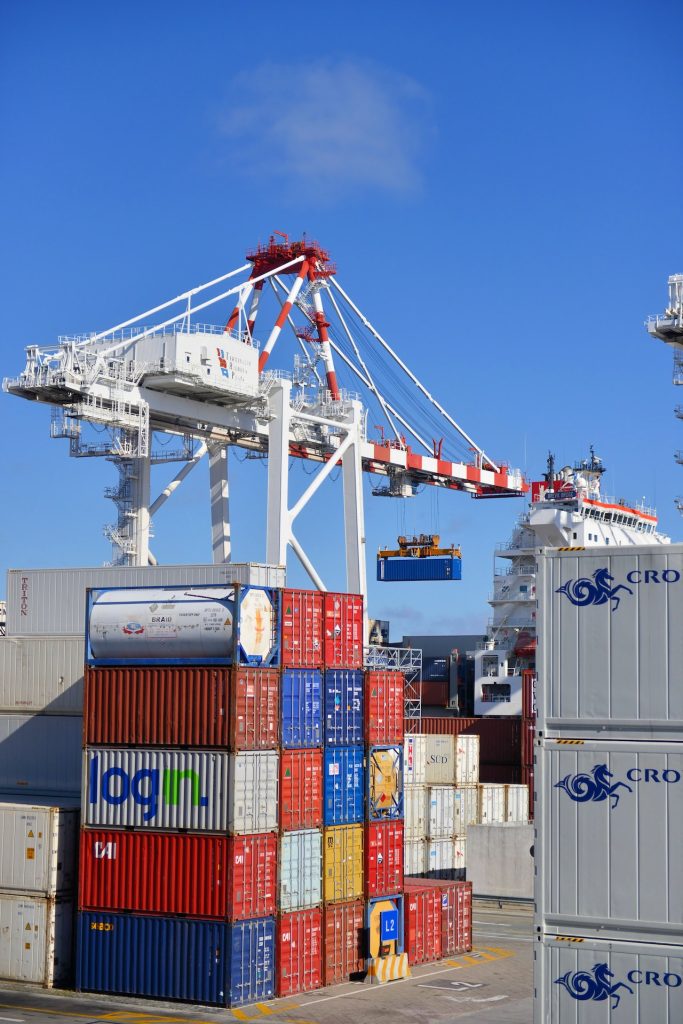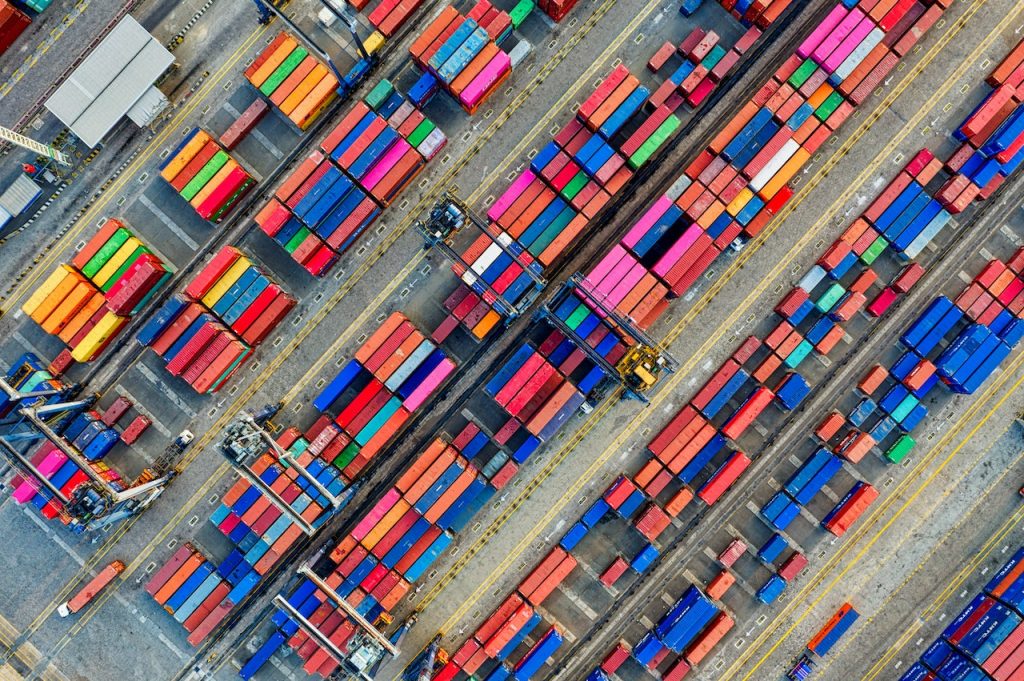Cargo insurance is a vital component of the shipping and logistics industry, providing protection and financial security for businesses involved in transporting goods. Understanding the different types of cargo insurance coverage options is essential for businesses to make informed decisions and ensure their shipments are adequately protected.
In this article, we will explore various types of cargo insurance, their features, and the specific coverage they offer. By understanding these options, businesses can choose the most appropriate insurance coverage to safeguard their shipments effectively.

All-Risk Cargo Insurance
This type of insurance provides the broadest coverage available for cargo shipments. It protects goods against a wide range of perils, including theft, damage, loss, and natural disasters such as storms or accidents. All-risk cargo insurance offers comprehensive protection, giving shippers peace of mind knowing that their cargo is covered for unforeseen circumstances during transit.
Named Perils Cargo Insurance
Named perils insurance offers coverage for specific risks that are explicitly listed in the insurance policy. The policy will outline the specific perils covered, such as fire, collision, overturning, or other named risks. Shippers should carefully review the list of covered perils to ensure they have the appropriate protection for their cargo based on the specific risks associated with their shipment.

General Average Cargo Insurance
General average insurance is applicable in situations where sacrifices are made to protect the vessel and the remaining cargo when faced with perils. During a general average event, such as a grounding or a fire onboard a vessel, deliberate sacrifices may be made, such as jettisoning part of the cargo or incurring additional expenses to safeguard the entire shipment. General average insurance helps cover the proportional losses that each party involved in the shipment may bear, ensuring that the financial burden is shared among all parties.
Warehouse-to-Warehouse Cargo Insurance
This type of insurance provides coverage for cargo shipments from the point of origin to the final destination, including any transshipment or warehousing in between. It ensures that the cargo is protected throughout the entire journey, including storage periods at different facilities. Warehouse-to-warehouse insurance offers comprehensive coverage, reducing the risk of financial loss during transportation and storage.
Project Cargo Insurance
Project cargo insurance is specifically designed for specialized shipments, such as large-scale infrastructure projects or unique cargoes with complex logistics requirements. It takes into account the specific risks associated with project cargo, which may involve oversized or heavy cargo, multiple modes of transportation, and challenging delivery locations. This insurance offers tailored coverage to protect high-value and time-sensitive shipments, mitigating potential risks and ensuring successful project completion.
Temperature-Controlled Cargo Insurance
Also known as reefer cargo insurance, this type of temperature-controlled insurance is essential for goods that require temperature regulation during transportation. It covers risks associated with maintaining the required temperature range, such as equipment failure, power outages, or temperature deviations that may lead to spoilage or damage to the cargo. Temperature-controlled insurance provides the necessary protection to ensure the integrity of temperature-sensitive goods, such as pharmaceuticals, perishable foods, or chemicals.
Exhibition and Fine Art Cargo Insurance
This specialized type of insurance offers coverage for valuable artwork, collectibles, and exhibition items during transit. It addresses the unique risks associated with transporting delicate and high-value items, including protection against theft, accidental damage, loss, and natural disasters. Exhibition and fine art insurance provide comprehensive coverage to safeguard the integrity and value of the transported items, ensuring their safe arrival at their destination.
Conclusion
Selecting the right type of cargo insurance is crucial for protecting shipments and mitigating financial risks. By understanding the different coverage options available, including all-risk, named perils, general average, warehouse-to-warehouse, project cargo, temperature-controlled, and exhibition and fine art insurance, businesses can tailor their insurance policies to match their specific needs. Careful consideration of the cargo, potential risks, and the value of the shipments will help in selecting the appropriate coverage. With comprehensive insurance in place, businesses can have peace of mind, knowing that their goods are well-protected throughout their journey.
